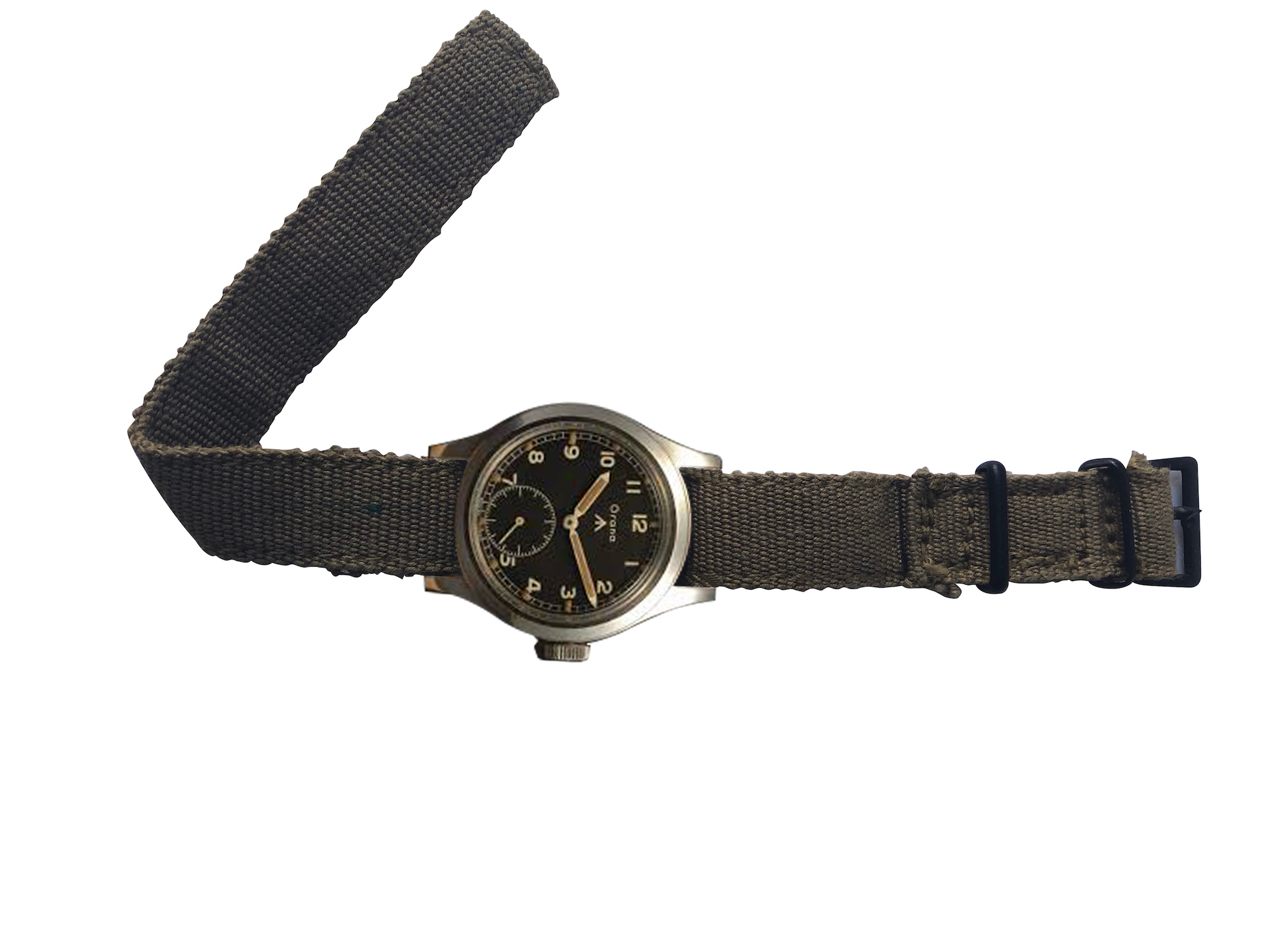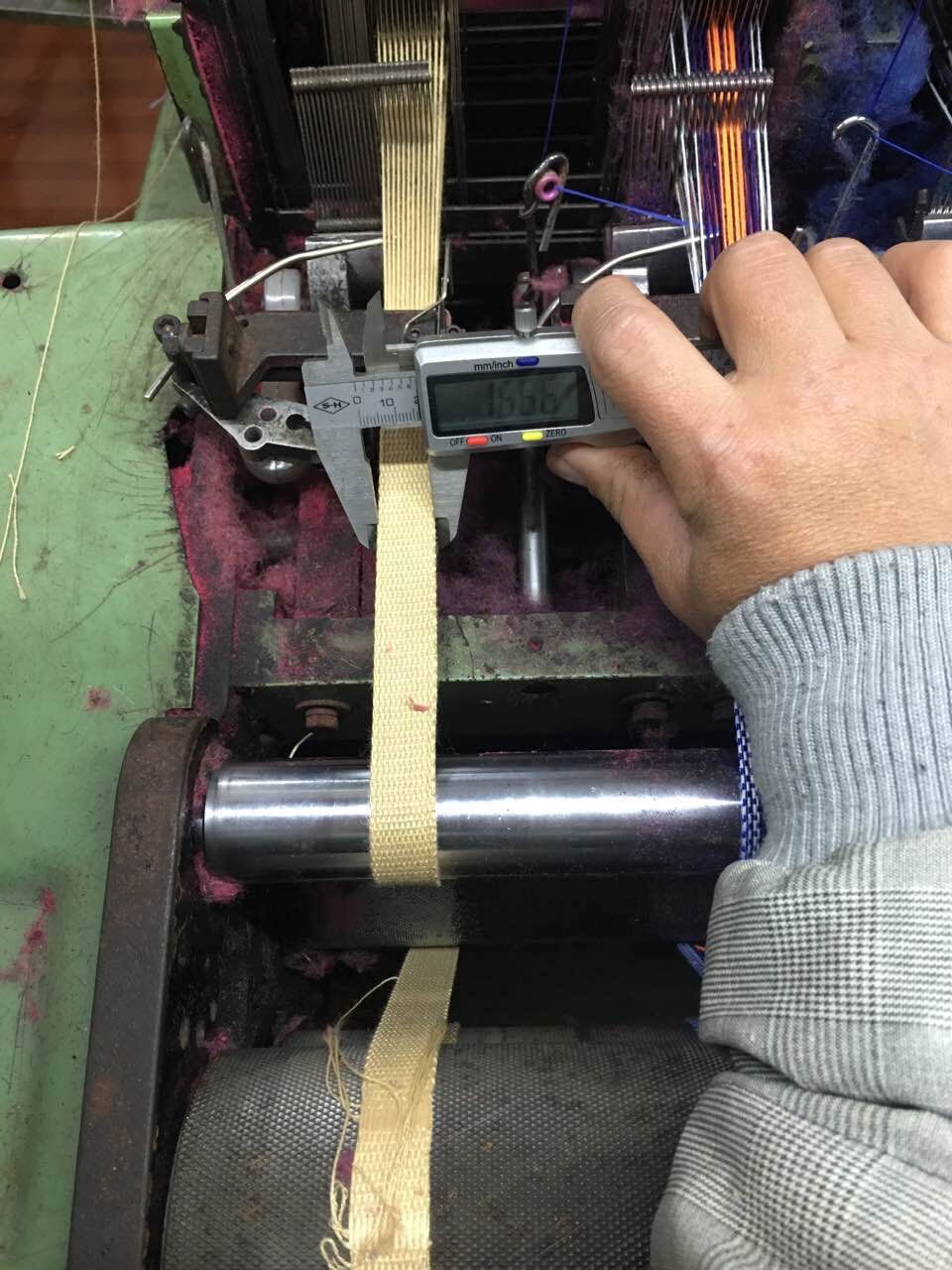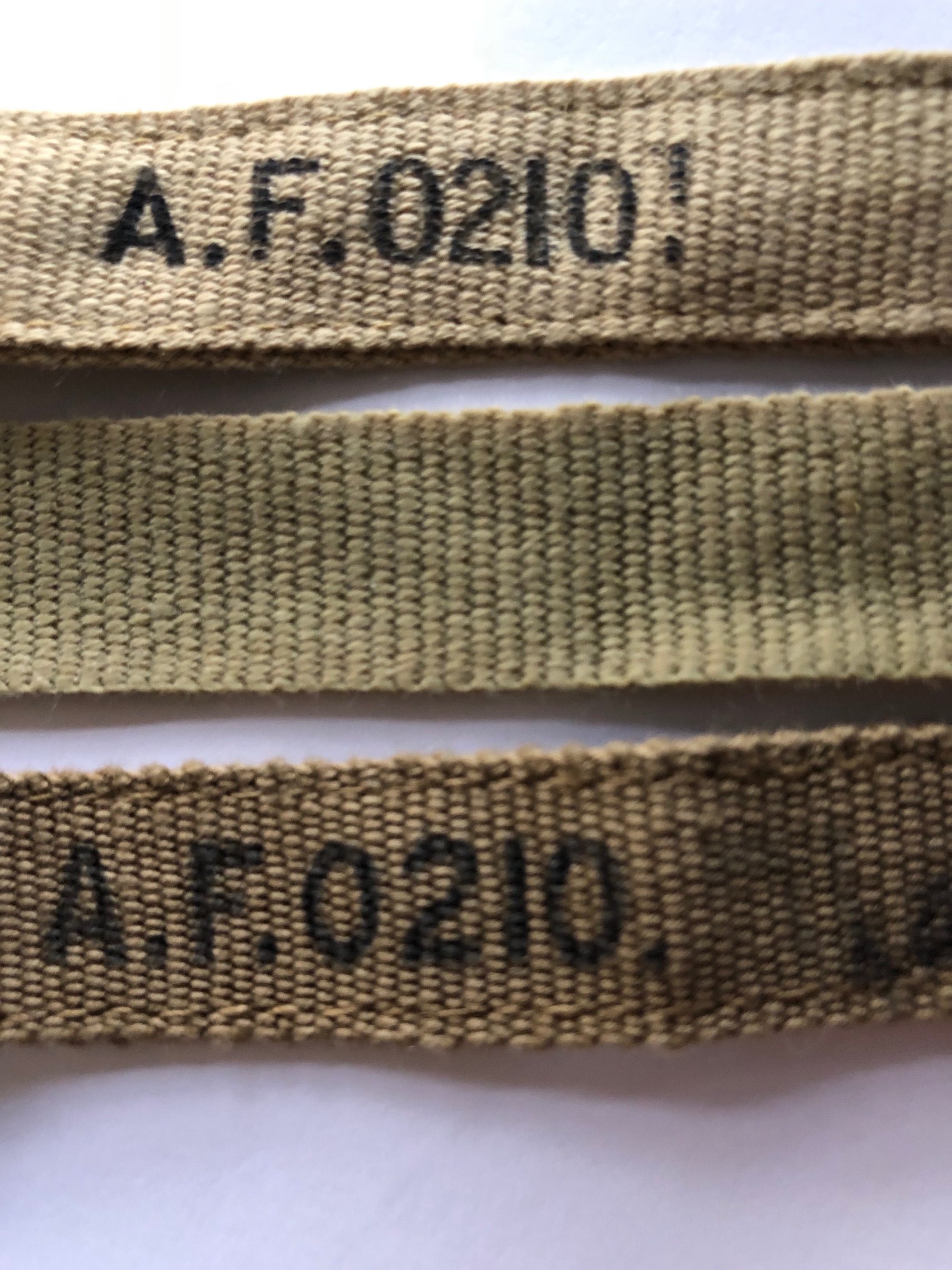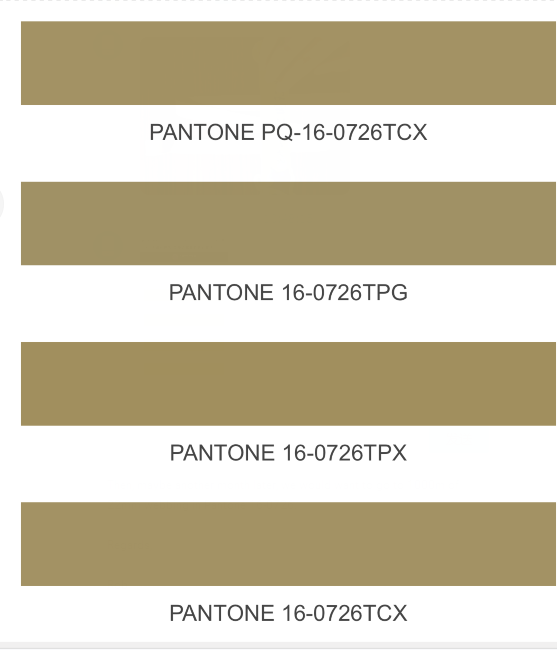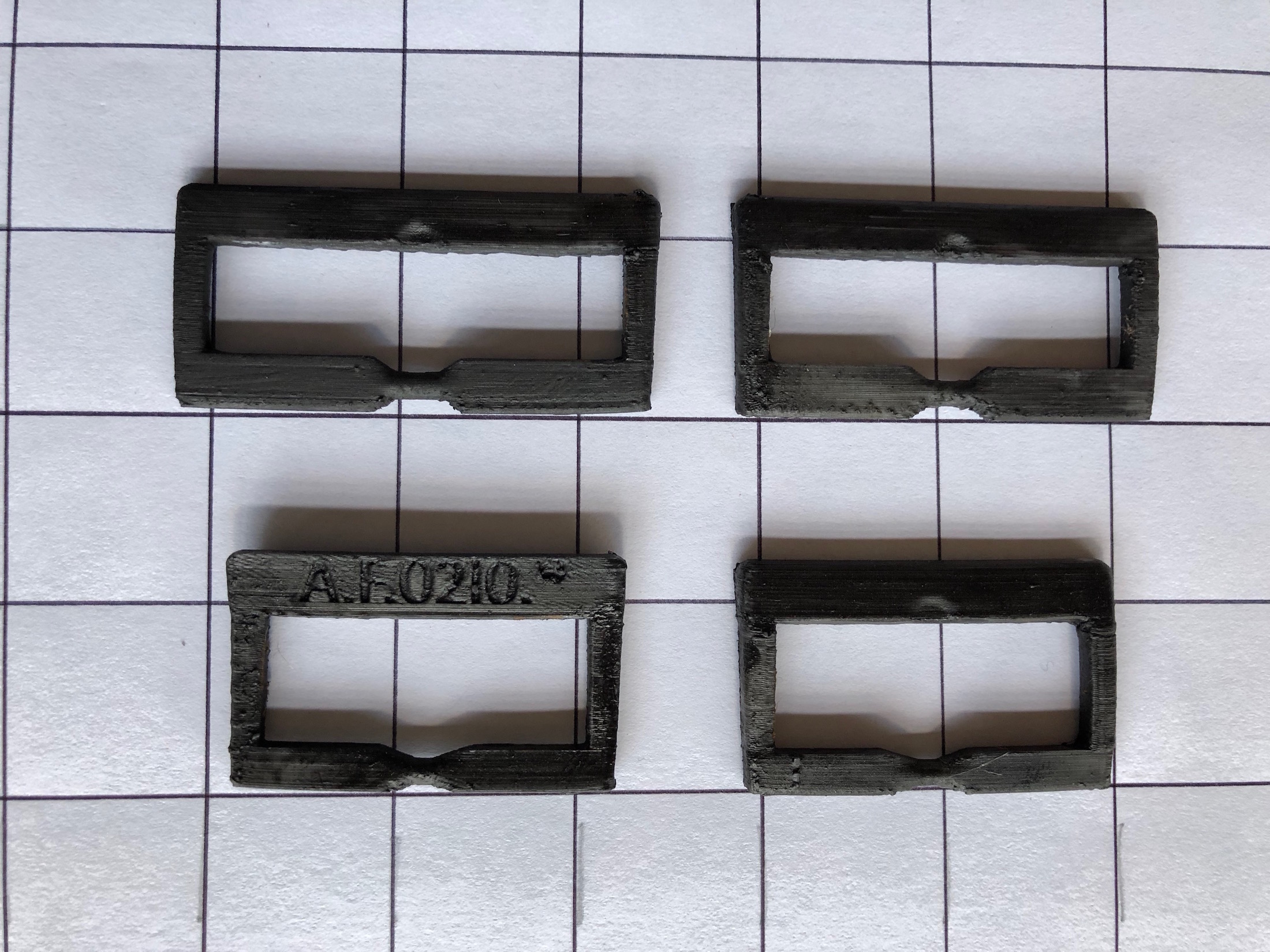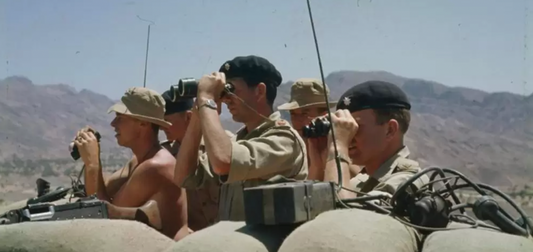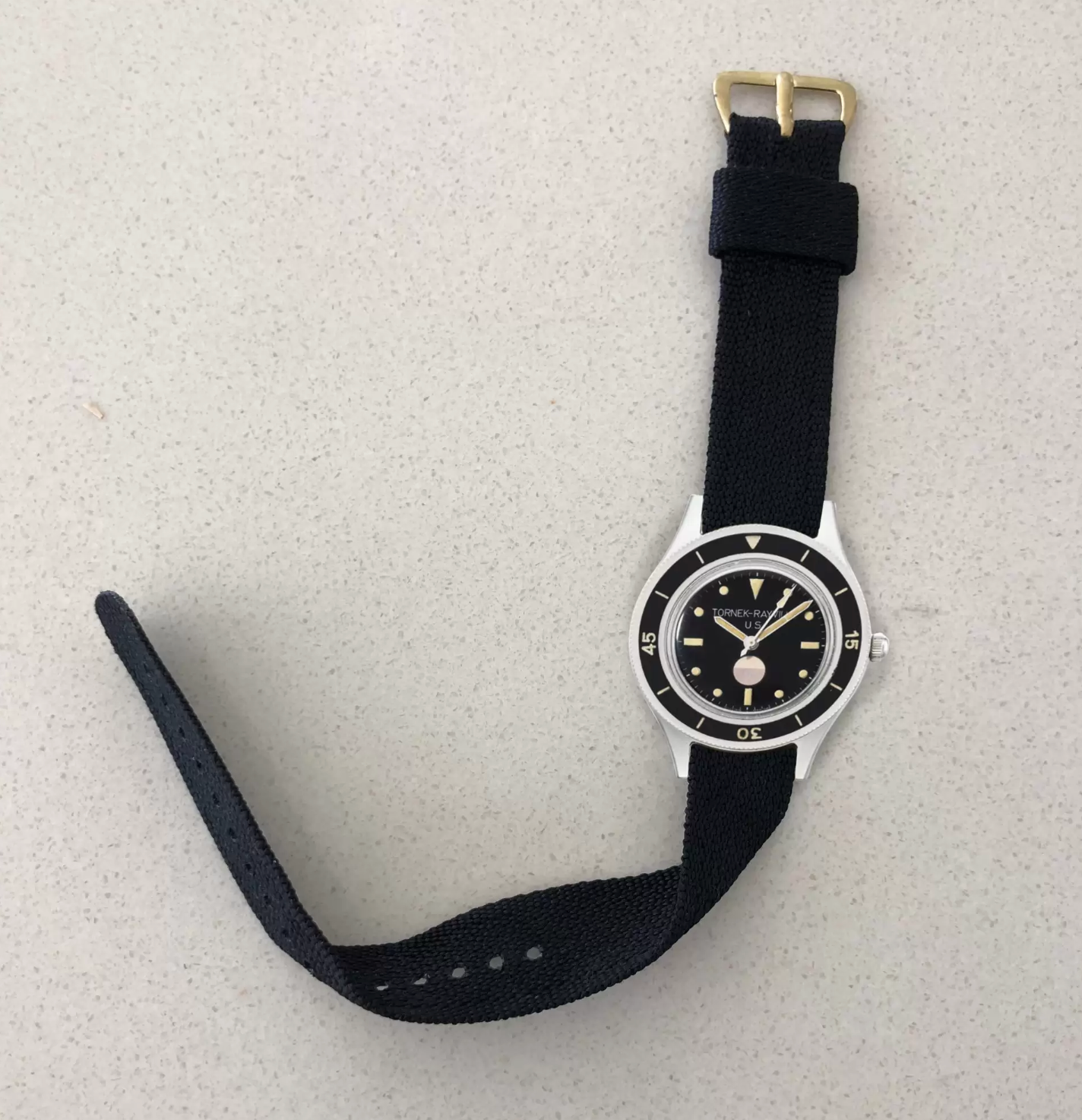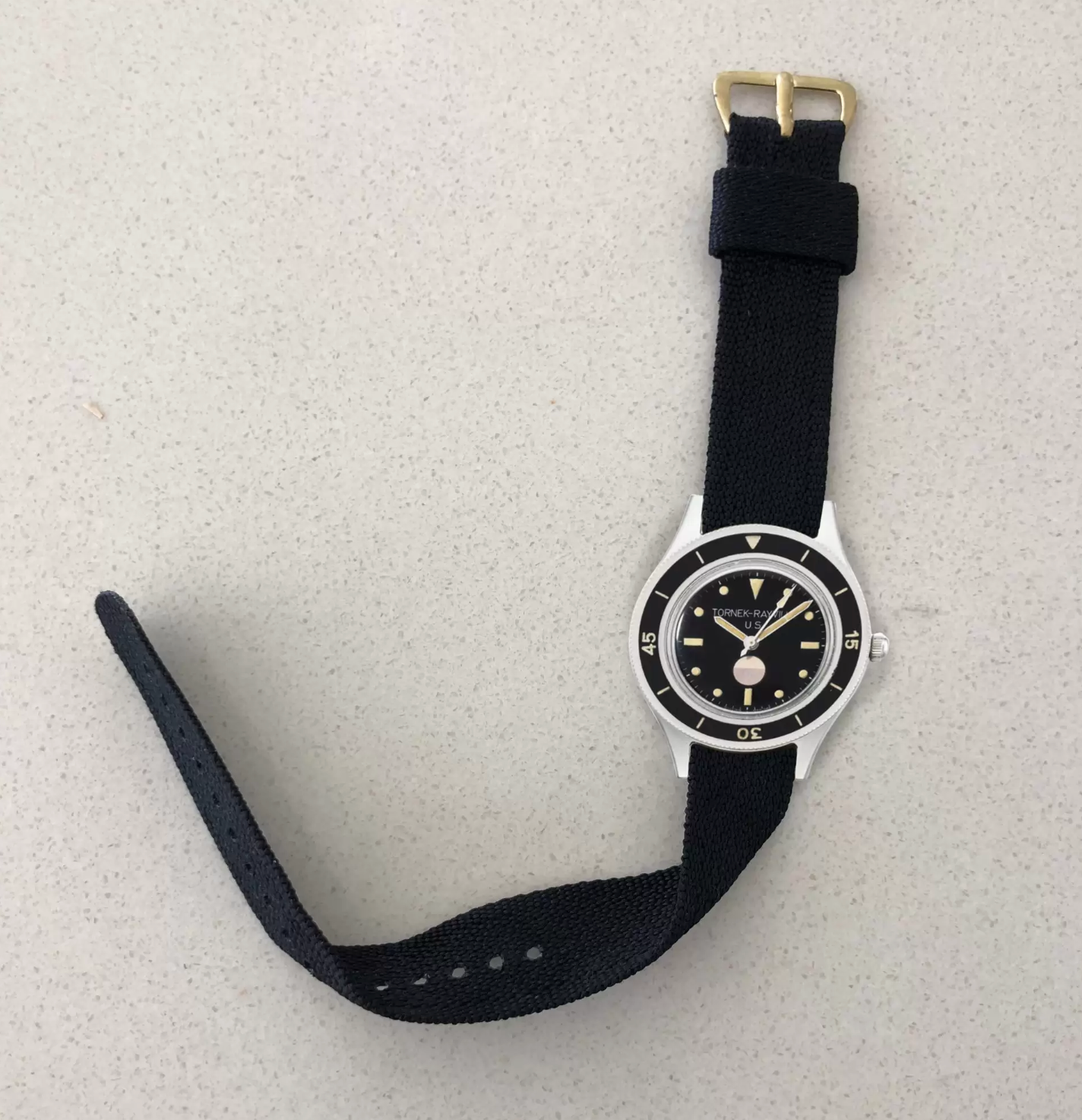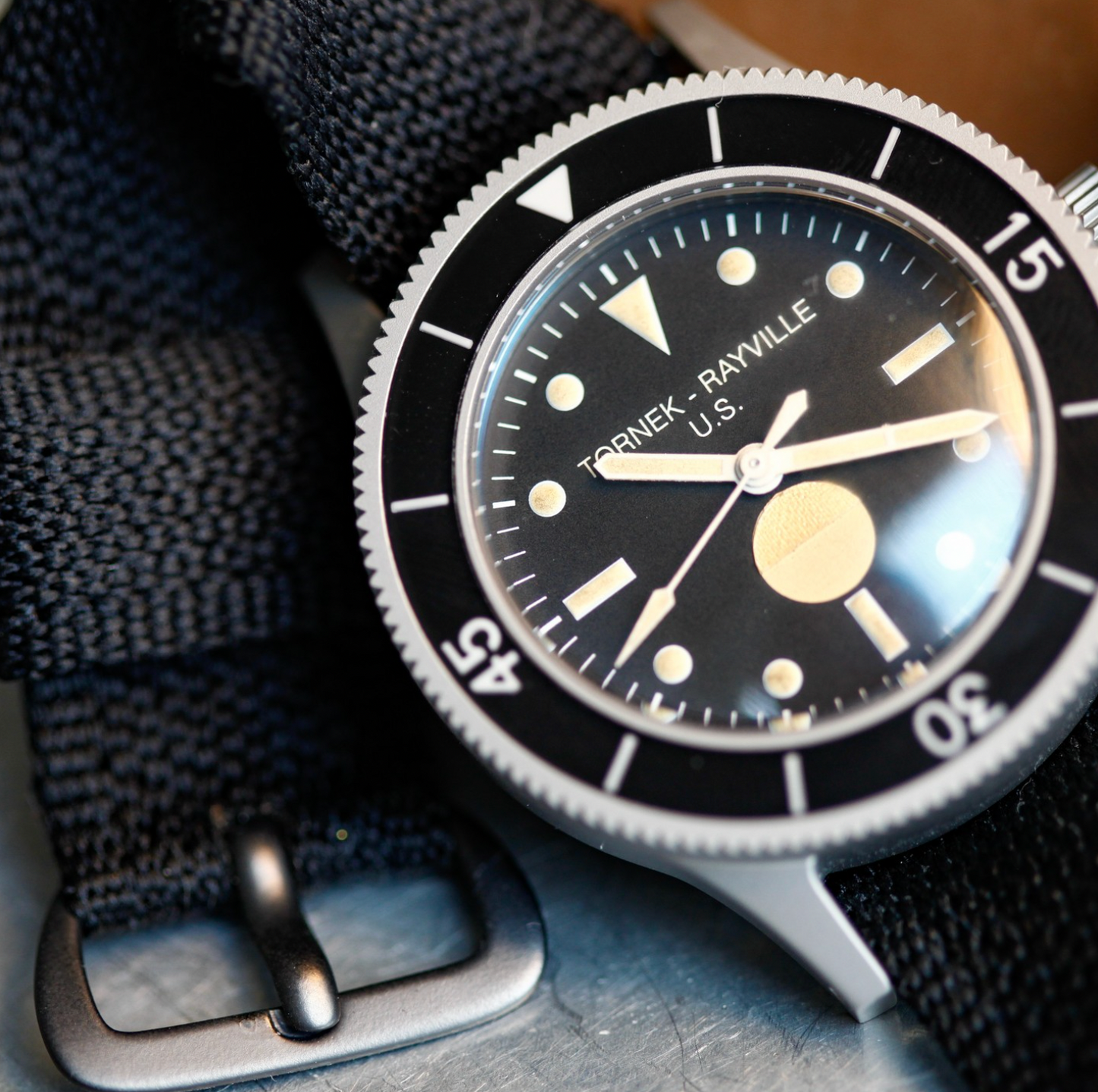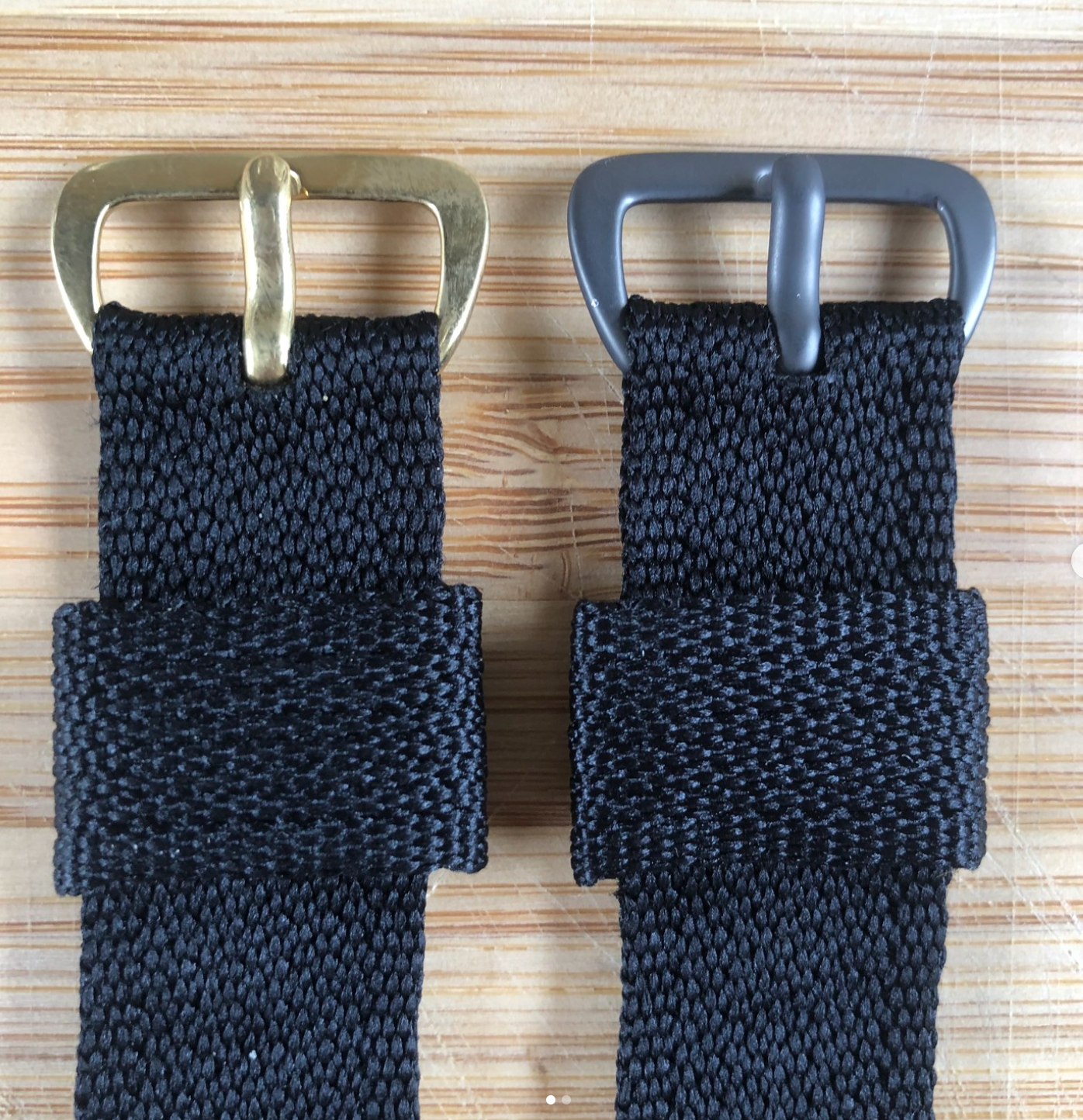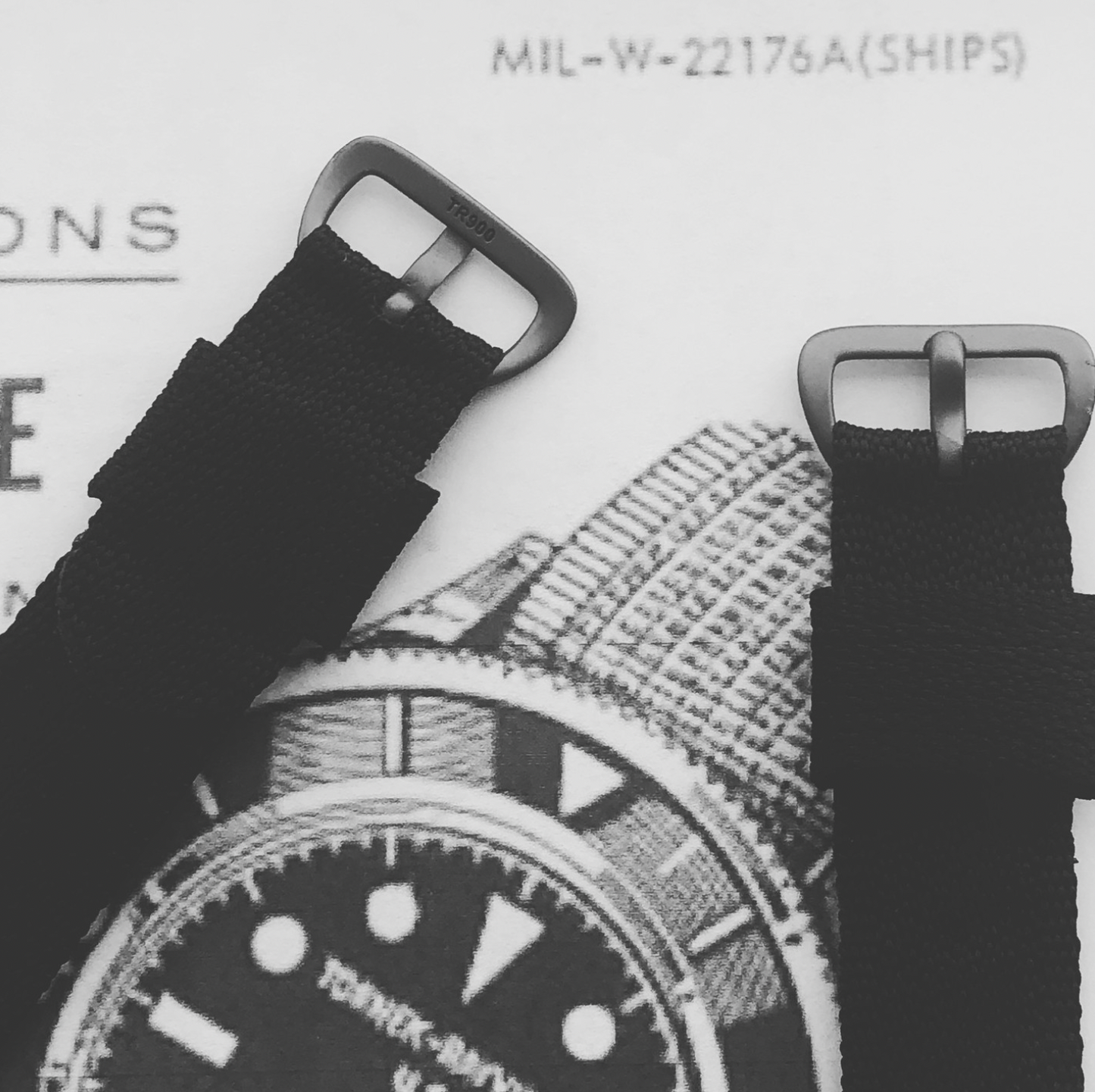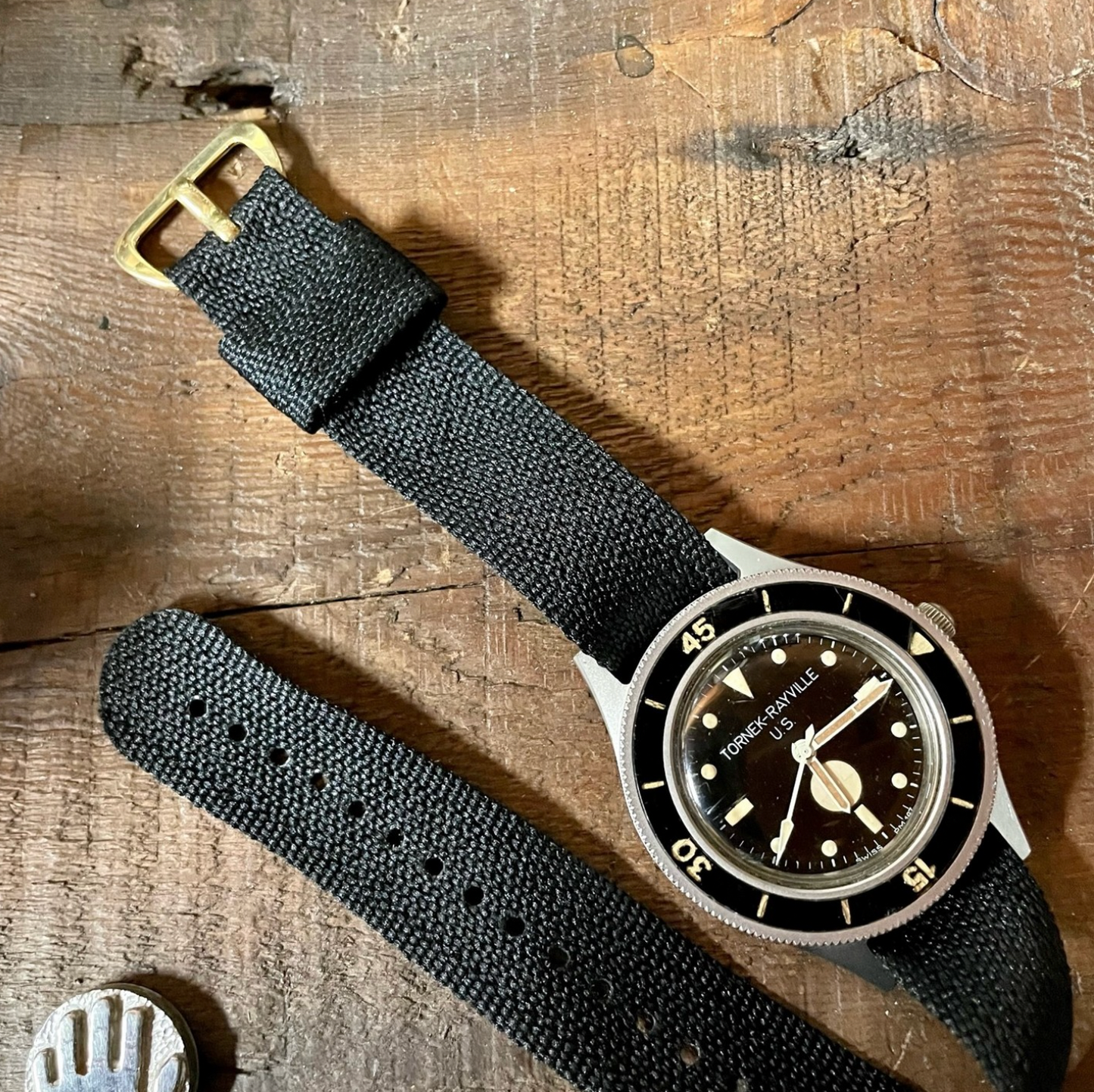A.F.0210 Watch Strap, our faithful reproduction remanufacture.
The classic A.F.0120 strap is almost impossible to find, either on its own, or on a watch or compass that you do not particularly want. This project started when watch forum discussion demonstrated a demand for the A.F.0210 strap, and we decided to create a truly faithful reproduction to fill this gap. As others before us found, the materials were no longer available, not even by scavenging old military equipment.
Not only was there a pent up demand from military watch owners to wear their WWII watches on a faithful reproduction of the original A.F.0210 watch strap, there was also a desire for a true homage reproduction for wider strap widths, 20mm and 22mm, to fit the lugs of more recent military watches.
After examining and measuring several original straps, and creating protocol drawings, researching and experimenting with different materials, and finally working with various suppliers and manufacturers, we were able to offer a faithful reproduction of the original A.F.0210.
The desire was not to pretend the faithful reproduction was an original A.F.0210 strap, it was to provide more collectors with an opportunity to wear the classic strap which will complement any military watch. Each faithful reproduction is embossed on the buckle and stamped to distinguish it from the few remaining original straps, and to prevent a false resale market developing. Original stamped straps are currently selling in the £500 range.
Inspired by the influence which the A.F.0210 strap had on the development of the NATO strap, a fresh view of the A.F.0210 strap was taken in remanufacturing this faithful reproduction.
The classic A.F.0210. military strap, and some wider homage versions will compliment any military watch. There is something special about a vintage watch on a period strap that is hard to explain. To have a Grana W.W.W. on an A.F.0210 strap would be a unique experience.
What was the A.F.0210. strap?
A few A.F.0210 straps survive, and they differ slightly, as could be expected for a hand sewn strap made in difficult times in a cottage industry. The length, the buckles, the sewing pattern, and strap colour all vary slightly. Some (probably later) buckles and loops are selenium dioxide treated to make black. A rare NOS strap, top below, was 235mm long, and a darker khaki than the strap, bottom below, which is 250mm long.
Based on all available internet images, measuring several actual straps, including a NOS strap purchased for quality control purposes, and to allow a 3-D scanner to be used on the buckle, the design protocols for the A.F.0210 faithful reproduction were developed.
The design drawings for British military watch straps issued in 1951 and 1973 have also been used in deriving the A.F.0210. design protocol.
Key elements of the design are :
44-48 warp thread loose weave khaki cotton webbing, 17mm wide and about 0.75mm thick.
A one piece folded strap, about 250mm long, with stitching all round at 2mm from the edge.
A shouldered brass buckle, with a depression to retain the buckle tongue.
A sharpened buckle tongue which allows the strap to be fitted to the wrist in any position.
No eyelet holes punched in the strap.
Brass loops positioned 10mm and 36mm back from the buckle, retained by the folded strap.
Stamped inside, A.F.0210. with a pheon.
A.F.0210. protocol drawing.
The origin of the A.F.0210 strap is not clear, but its period of service was long. It was 17mm wide, and fitted the fixed bars of the WWII British Army watches, particularly the ATP and WWW series of watches. It is thought to have been put into service towards the end of WWII. The strap remained in service until taken out of service in February 1980. The photo below shows us unwrapping a NOS A.F.0210. strap in a sealed packet marked with the then stores number NSN W10-6645-99-910-1003.
A service life of some 35 years makes this a classic strap, and the influence which it had on the design of the NATO strap can be seen in the similarity in design of the NATO strap below.
The nylon NATO strap was specified by the military from at least 1973 onwards, under under NSN 6645-99-124-2986. It is 280mm long, compared with the A.F.0210. strap which was only 250mm long, with the design change acknowledging that wrists were becoming larger.
Prototype development.
Previous attempts at reproducing the A.F.0210. strap hit two major hurdles, as the webbing was no longer in production, and the original shouldered buckles were not available. These attempts, using readily available materials meant some compromises in the reproduction.
The webbing has proved impossible to source off the shelf, so the decision to remanufacture the webbing was taken.
After several unsuccessful weaving attempts, we settled on prototype 44 warp thread 17mm wide, 0.75mm thick webbing. A 10m long strip was test woven.
A comparison between the woven test strip in the middle, and two original A.F.0210. straps is shown below.
The webbing colour of the surviving straps varies, so we chose Pantone 16-0726TPG, the "green" version of the international convention number for Khaki to be the colour for the faithful reproduction.
The shouldered buckles and loops also had to be remanufactured. We used 3-D printing technology to proof the buckle production, and to print buckles for prototype production.
The original buckles vary slightly, and two were scanned, and based on this data, and photographs, the buckle was modelled in 3-D. Pre-production samples were made in white ABS resin, using a 3-D printer, and painted black. As a proof of concept for possible wider homage straps, the the 3-D model was widened, and 20mm and 22mm buckles were test printed.
The 20mm and 22mm wide buckles were proof of concept protoypes for wider homage A.F.0210 straps.
We added A.F.02l0.™ embossing to the underside of the buckle in the computer model, and this will identify the faithful reproduction buckles. The reproduction is so authentic that the straps will be embossed and stamped to ensure they are not mistaken, or onsold, as originals.
Below is an x-ray snapshot of the 3-D drawing used for the 3-D printing of the pre-production buckles, together with the A.F.02l0.™ embossing.
Below are the black ABS prototype buckles for 17mm, 20mm and 22mm wide straps, shown on a 10mm grid, with the embossed A.F.02l0.™ shown on the reverse side of the 17mm buckle.
Prototype 17mm buckles were made in ABS, painted black, and fitted with tongues to enable prototype straps to be sewn.
10 prototypes were made from the 10m test strip of webbing in accordance with the protocol drawing, but in different lengths from 250mm to 270mm long. One outcome was confirmation that the NOS strap length of about 250mm is too small for some wrists. Wrists are now bigger some 70 years later than WWII, and an average sized wrist is about 215mm (8.5”) which needs a strap about 270mm long for a watch to sit properly.
The strap position in relation to the loops for a 215mm wrist size and a 270mm long A.F.02l0.® strap is shown below. A key feature of the A.F.0210. strap is that the sharp tongue and loose weave allows the strap to fit any sized wrist.
Refinements.
The first refinement of the A.F.0210. strap design was to provide a choice in minimum strap length : 250mm, 270mm and 290mm minimum lengths are available.
Another refinement was wider shouldered buckles and strap widths to suit 20mm and 22mm lug width military watches,
Another outcome was an A.F.0210. webbing NATO version of the strap, utilising a webbing keeper, as shown below, but very rarely seen. An 1953 Omega CK2777 on a NATO strap of unknown origin, using A.F.0210. webbing, is shown below. Also shown is an IWC WWW watch, with NATO dial, on an A.F.0210. strap.
Image courtesy of MWR forum user : T.O.W.S. UK.

